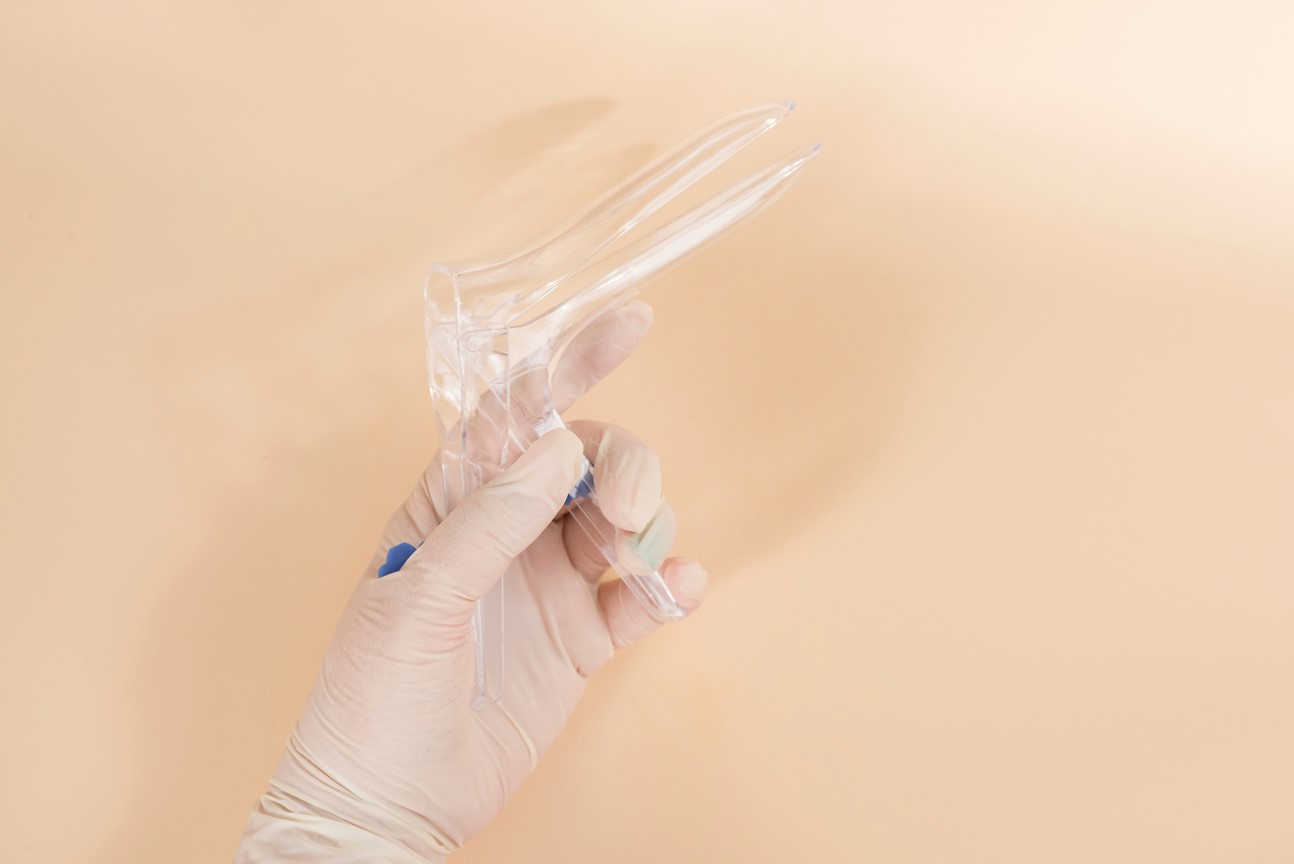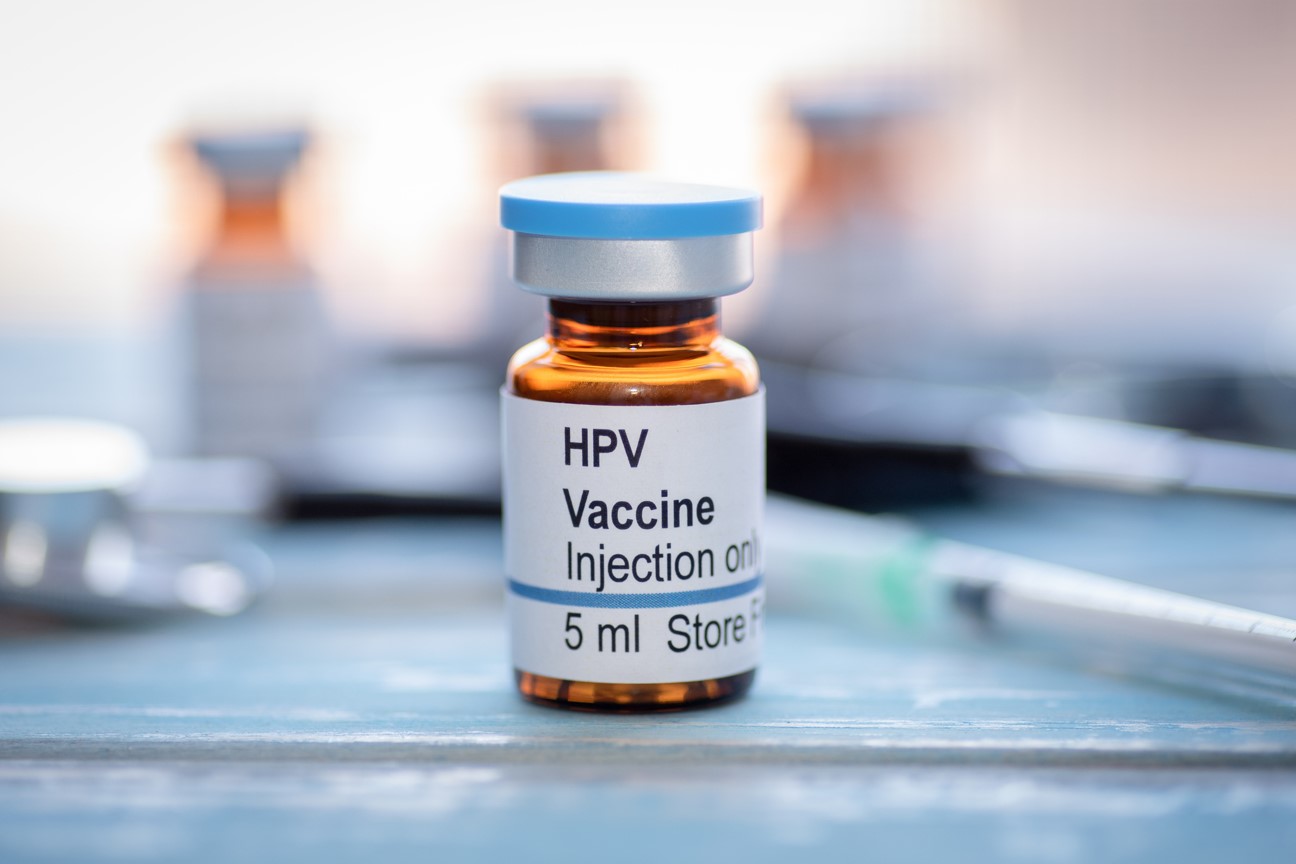Your shopping cart is empty.

Since December 1st 2017, the Pap smear has been replaced by a HPV or Cervical Screening Test (CST). These changes are a result of new evidence, better technology and improved early detection of cervical changes and possible cervical cancers.

A Pap smear looked for abnormal cells in the cervix. While the cervical screening test looks for the Human Papilloma Virus (HPV) that can cause abnormal cells in the cervix. It picks up the infection before it can make cells abnormal that can lead to cervical cancer. The new test for HPV can identify people who could be at risk of cervical changes and cancer earlier than the Pap smear could.
This also means that the test doesn't have to be done as often because it is much more sensitive and specific. The Pap smear used to have be taken every 2 years. The new CST only needs to be taken every 5 years. The process for the test is the same. A doctor or nurse inserts a speculum and looks at the cervix and then takes a sample with a soft brush, then removes the speculum.
There are also currently changes allowing people to collect the cervical sample themselves with a swab. *watch this space!*
A Pap smear looked for abnormal cells in the cervix, while the cervical screening test looks for the Human Papilloma Virus (HPV) that can cause abnormal cells in the cervix. It picks up the infection before it can make cells abnormal that can lead to cervical cancer. The new test for HPV can identify people who could be at risk of cervical changes and cancer earlier than the Pap smear could.
This also means that the test doesn't have to be done as often because it is much more sensitive and specific. The Pap smear used to have be taken every 2 years. The new CST only needs to be taken every 5 years. The process for the test is the same. A doctor or nurse inserts a speculum and looks at the cervix and then takes a sample with a soft brush, then removes the speculum.

Things to know:
For more information: